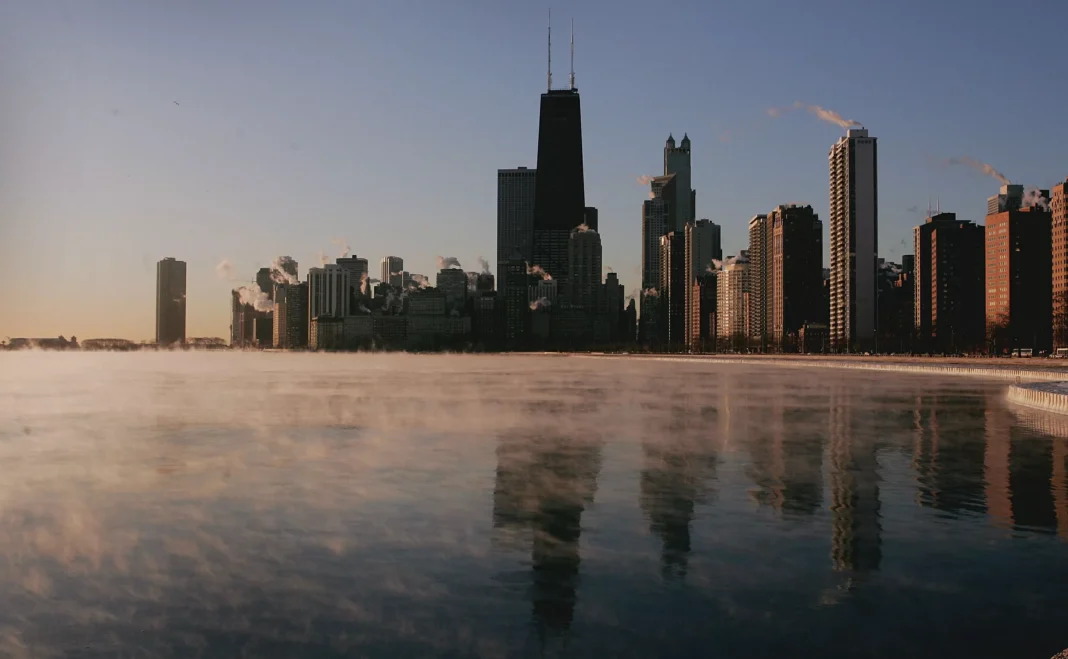There has been a lot of buzz surrounding the possibility of a La Niña winter this year, but what exactly does that mean and how could it affect the Chicago area? With a new La Niña forecast recently released and a winter outlook expected to be announced by the National Weather Service on Thursday, it’s important to understand the potential impacts of this weather phenomenon.
So, what is La Niña? La Niña is essentially the opposite of El Niño. While El Niño occurs when the trade winds near the equator in the Pacific Ocean blow from the west, bringing warm water across the surface of the ocean, La Niña emerges when the winds shift to the east. This causes cool, deep ocean waters to rise to the surface and drift westward. These alternating patterns ultimately affect the position of the jet stream and can have global impacts on weather patterns.
The ENSO (El Niño Southern Oscillation) pattern alternates between El Niño, La Niña, and ENSO-neutral conditions, meaning neither El Niño nor La Niña patterns are present. Typically, each El Niño or La Niña pattern can last for one or two years.
According to the latest forecast from the National Weather Service’s Climate Prediction Center, La Niña is favored to emerge and is expected to persist through sometime between January and March of 2025. However, the chances of this happening have dropped from 71% to 60%. The latest prediction also suggests that this La Niña will be weak and short-lived.
The National Oceanic and Atmospheric Administration (NOAA) will release its updated winter predictions on October 17th, which will provide more insight into what we can expect for the upcoming winter season.
So, what could a La Niña winter mean for Chicago? While the city just experienced its warmest September in 64 years, the weather can quickly change. Typically, a La Niña winter places the jet stream in a position to bring colder and sometimes snowier patterns to the Midwest. However, the correlation between La Niña and a colder winter in Chicago is stronger during a strong La Niña season and weaker during a weak La Niña season.
The latest forecast states that a weaker La Niña may not result in conventional winter impacts, but there could still be some influence on the forecast guidance. Last year, Chicago experienced the strongest El Niño winter since 2015, but it ended up being the 5th warmest winter on record. This goes to show that the impacts on the winter forecast remain to be seen.
It’s important to note that the past few winters in Chicago have been unusually mild, so even an “average” winter may feel colder than recent years. However, it’s also important to keep in mind that weather patterns are unpredictable and can change quickly, so it’s best to be prepared for any scenario.
In conclusion, while there is a possibility of a La Niña winter this year, the forecast suggests that it will be weak and short-lived. This means that the impacts on the winter weather in Chicago may not be as significant as in previous years. However, it’s always important to stay informed and prepared for any potential changes in weather patterns. Let’s hope for a mild and enjoyable winter season in the Windy City.


